A Banana Grows in Iceland
Only 177 miles from the Arctic Circle lies Northern Europe’s largest banana plantation.
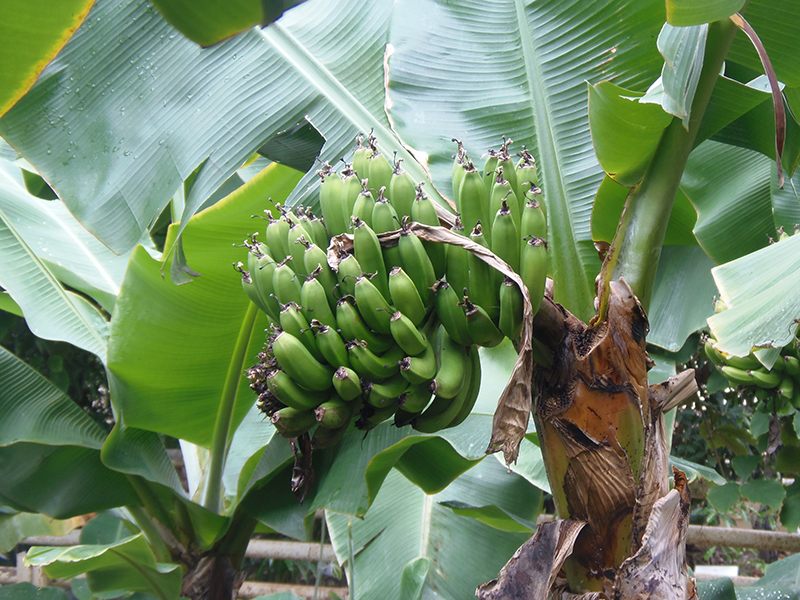
Iceland is home to the biggest banana plantation in Northern Europe. (All Photos: Kasper Friis)
Employees at Garðyrkjuskóli ríkisins take a certain pride in telling their guests that they work at the biggest banana plantation in Northern Europe.
Of course, there really isn’t much competition.
Bananas normally grow in much warmer climates. But the plantation at the Icelandic National Gardening School, near the city of Hveragerði, is located in an area with abundance of volcanic hot springs, and the heat from them is what makes this quite impossible idea possible.
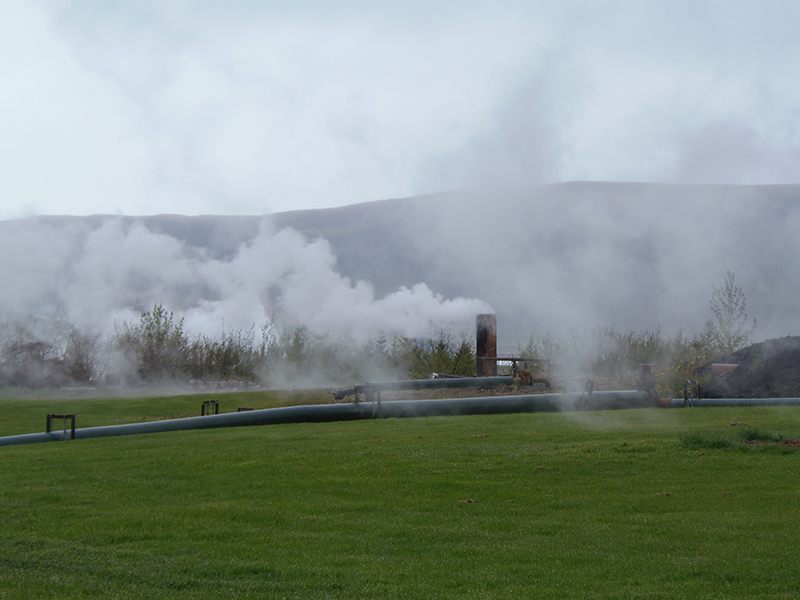
The heat from the nearby volcanic springs keeps the temperature warm enough in the greenhouses for bananas to grow.
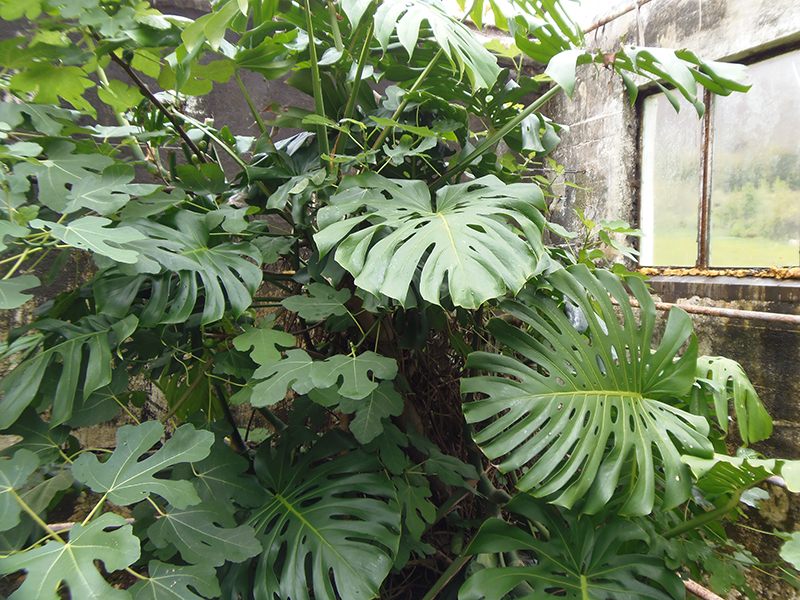
Unsurprisingly, growth is slowest in the wintertime.
Garðyrkjuskóli ríkisins planted their first banana plants around 1950, as an experiment. When the experiment stopped years later, it had been proven that bananas could grow in greenhouses in Iceland, although not in an economically advantageous way. The school nevertheless decided to continue to keep their plants, for the fun of it.
The school has several large greenhouses. Alongside the bananas they grow coffee, cocoa, avocado and other plants normally found in the Southern hemisphere. Bananas are the biggest group here with around 100 plants; the rest are grown in pairs.
Winter temperatures in the area regularly go below the freezing point and summer temperatures top out around 60 degrees Fahrenheit, so even in a greenhouse, it can become a little chilly for plants that love heat and sun. But with the warmth from the volcanic springs, temperatures are kept at a steady 70 degrees year round .
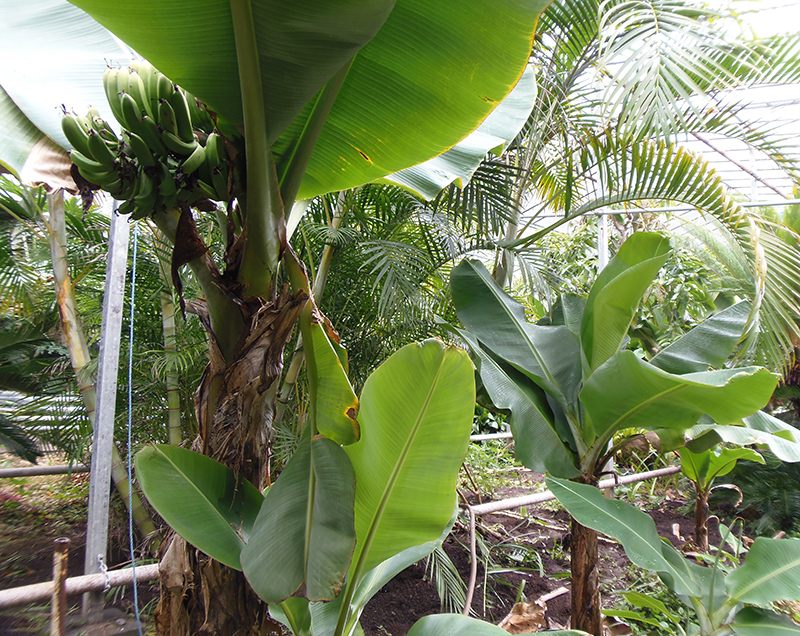
Alongside bananas, the greenhouses are home to coffee, cocoa and avocado.
Of course, being so close to the Arctic circle does mean a shorter growing season (normally bananas develop their clusters year-round.) Somehow, even though the sun is only out four hours a day in the winter months, these bananas have survived in their volcanically heated home. These cold-weather bananas are harvested from April to June. Beyond bananas, the area is home to more conventional greenhouse crops, like tomatoes.
While not a conventional tourist site, visitors can call ahead to see the foreign fruits. Be careful, though: the school is located at Reykjumörk Street, which translates to “smokefield”, with several fumaroles along the way emitting steam. It looks like a cloud, but please, don’t touch.

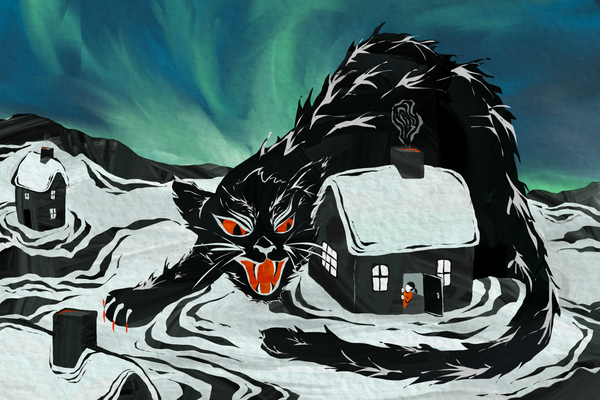






Follow us on Twitter to get the latest on the world's hidden wonders.
Like us on Facebook to get the latest on the world's hidden wonders.
Follow us on Twitter Like us on Facebook